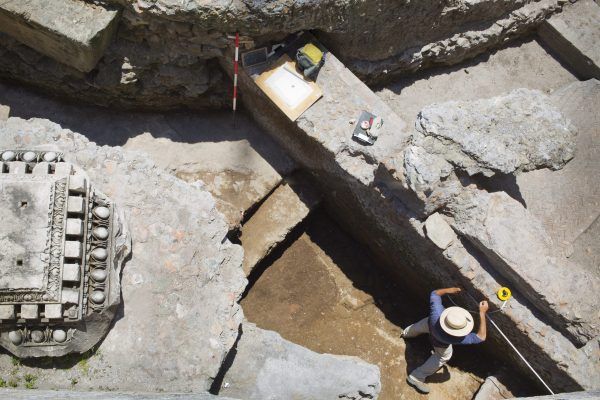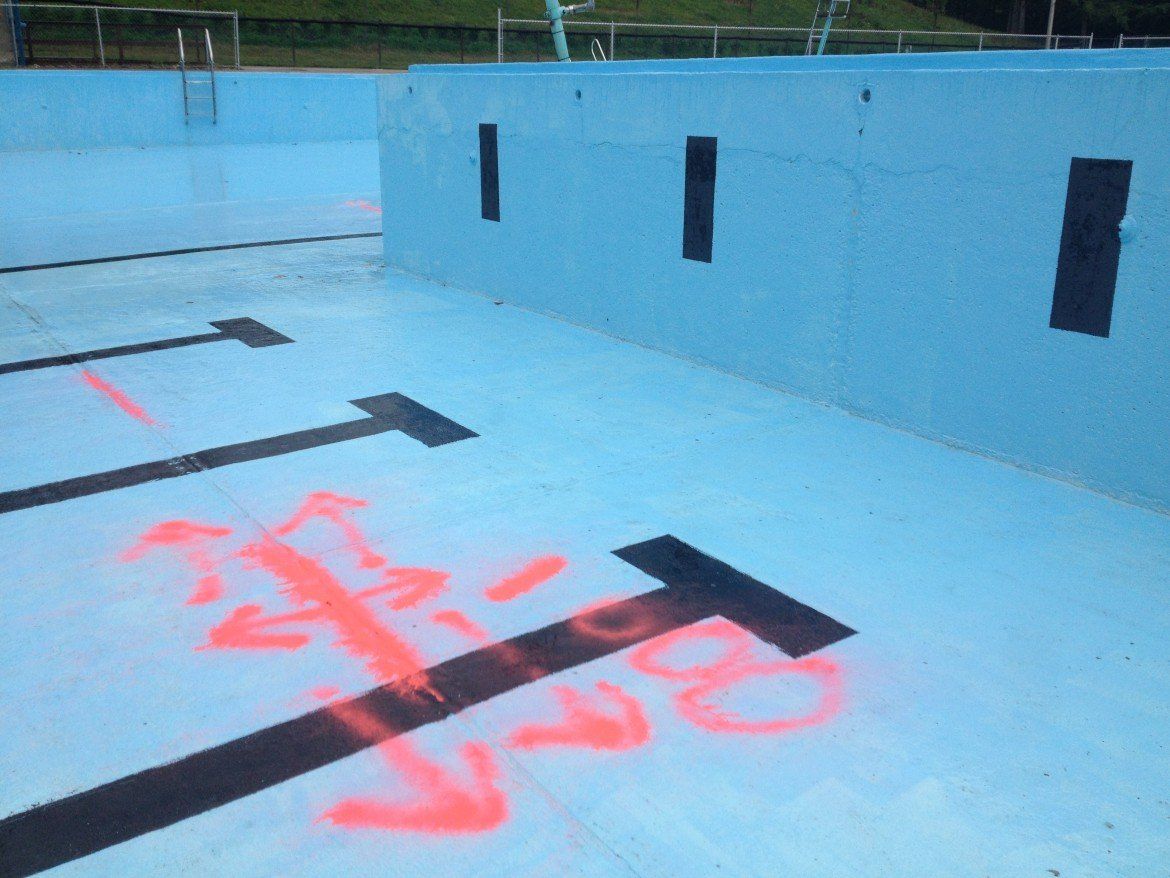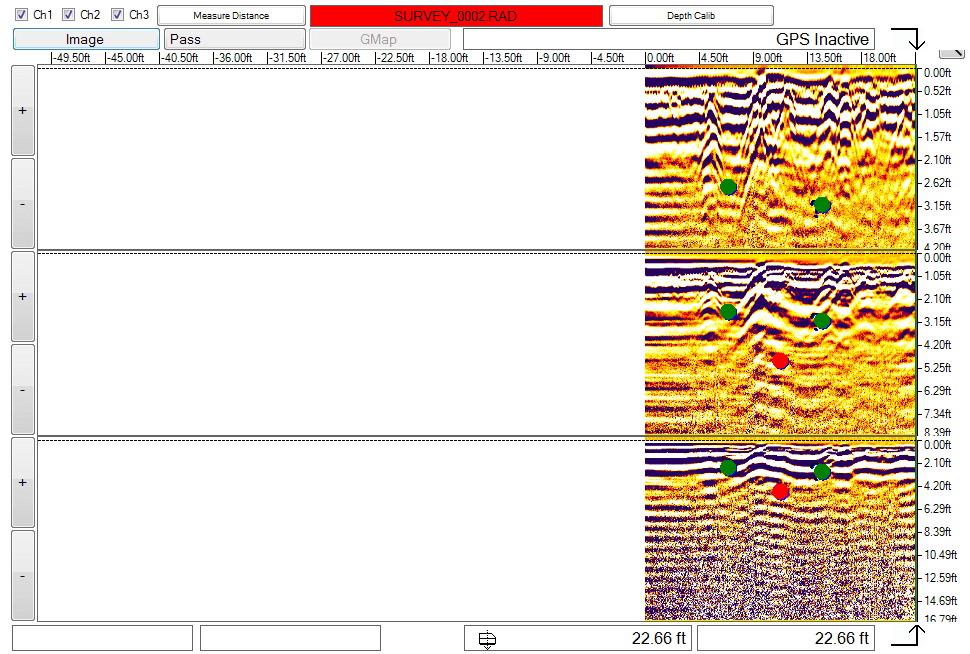ARCHAEOLOGICAL GROUND PENETRATING RADAR

Archaeological Ground Penetrating Radar can be utilized to locate structures or items located within a predetermined area. Using the same technology, Steel City NDT LLC is capable of scanning to large depths at archaeological sites.
Most recently, a sibling to the famous Stonehenge has been discovered a mere two miles away from the original site. These massive stones were found to be approximately 10 feet long and 5 feet wide, positioned horizontally under the surface. They think that these stones would have been brought to the location just before 2500 BC! Along with these stones, other items were found which included Neolithic and Bronze Age religious monuments.
These consisted of large timber posts, which were wooden equivalents of prehistoric stone circles. Among all of this, half a dozen previously unknown Bronze Age burial mounds were also found. A full article on the findings can be viewed here:
News Article On Stonehenge Sibling (Credit: The Independent)
Benefits of utilizing GPR in archaeological geophysics:
- Ability to detect some small objects at relatively large depths
- Ability to distinguish the depth of anomaly sources
- Can locate artifacts and features without running the risk of damaging them
- Multiple lines of data collected over an area can be used to construct a 3d image
- Horizontal patterning can be utilized to indicate cultural activities
Additional archaeological findings through the use of Ground Penetrating Radar:
- Buried walls and foundation of a Civil War bunkhouse in Fort Garland, southern Colorado
- Civil War era campsite of General Custer in Fort Sill, Oklahoma
- Buried walls of a Greco-Roman city from between the 3rd century BC and the 7th century AD in Golan Heights, Israel
- Dinosaur tracks located throughout the world




